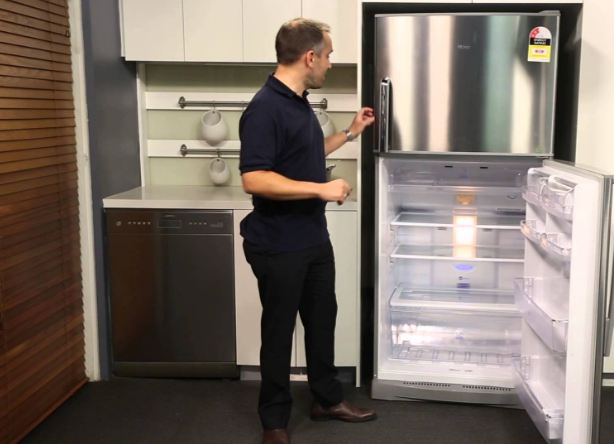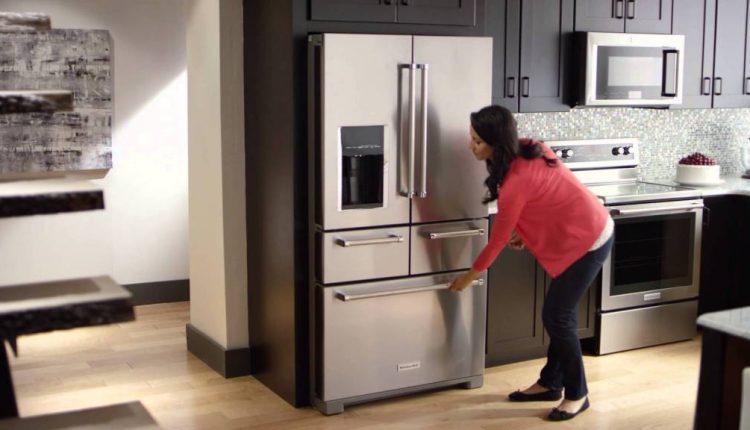What Makes the Best Refrigerator?
It can be tempting to purchase the largest, newest, and most beautifully-designed fridge you can find; however, you need to understand many things about fridge performance. The performance of a fridge impacts the taste, longevity, and texture of the food you put inside it. Also, it affects your electricity bill. Having an inefficient machine in your home means more money down the drain. When buying a fridge, here are important performance factors:
Ability to Retain Moisture
Moisture retention is the most obvious difference between a good and a bad fridge. The drawers of the fridge must capture and hold onto the moisture of the produce as each drop of water that escapes is wasted juice and flavour. Thus, drawers that don’t efficiently retain moisture will make your produce dry. But, even the best unit would let moisture escape because it prevents the growth of mold. But, it should allow a tenth of a gram of moisture to escape every hour.
Consistency of the Temperature
Each refrigerateurs Sherbrooke gets cold; however, how steadily an internal temperature can be held over time is a factor that separates a good fridge from a bad one. Internal temperatures can fluctuate by ±3°F. However, when food temperatures begin to waver above and below 32°F, the texture and taste of food can worsen. Similarly, keeping the temperature at 42°F for too long can speed up food spoilage. Thus, it is a good idea to allow a bit of extra warmth around the crispers. Also, the perfect freezer should be maintained at 0°F at all times.

Power Loss Insulation
In case of a power outage, a rabais frigidaire that has thick insulation and a god seal must be able to prevent spoilage, particularly of frozen food. Frozen food is expected to stay frozen for 36 hours without power.
Energy Efficiency
Depending on the kitchen’s temperature, the fridge might need to work harder than it does in a laboratory. And when the ice maker is constantly used, the electricity bill is expected to be higher. Homeowners need to invest in energy-efficient units, particularly those that carry the Energy Star label. People who are hoping to save $100 upfront by purchasing a less efficient model will lose those savings to extra utility costs in just a few years. Fortunately, some of the newest models on the market click in at as low as 0.05 kWh per cubic foot, which is great.


Comments are closed.